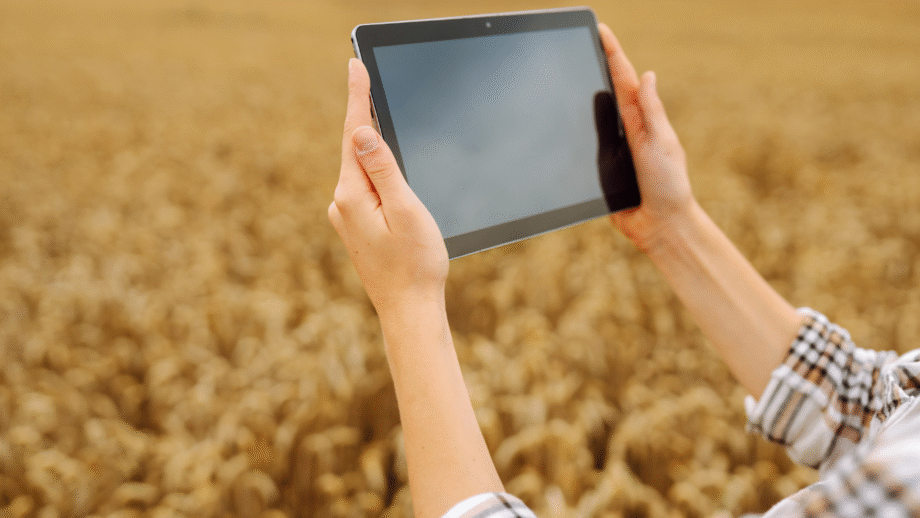magine managing your entire farm from your smartphone—checking crop health, tracking weather, monitoring soil, and even selling your produce, all with just a few taps. Welcome to farming in 2025, powered by the latest digital tools for farmers.
With technology rapidly advancing, farmers around the globe are adopting smart agriculture tools that increase efficiency, reduce costs, and support sustainable farming. Let’s explore the top apps, platforms, and trends shaping digital agriculture this year.
Why Digital Farming Tools Matter More Than Ever
Today’s farmers face numerous challenges—climate change, rising costs, labor shortages, and increasing demand for food. Traditional methods aren’t enough anymore. That’s where eAgriculture platforms and digital tools step in.
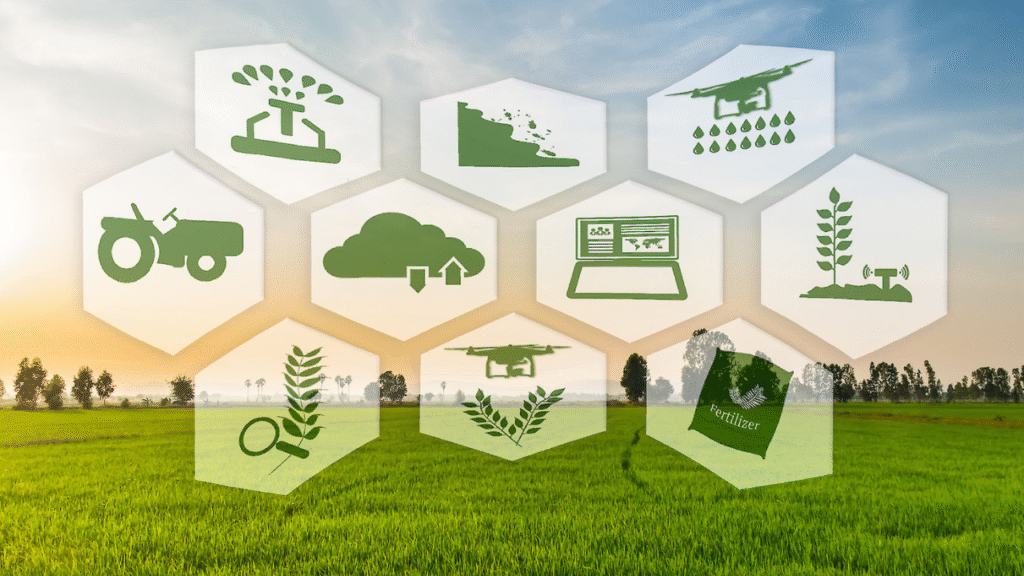
Key Benefits of Digital Tools in Agriculture:
- Optimize resource use (water, fertilizers, pesticides)
- Improve crop yields and reduce waste
- Enable real-time decision-making
- Connect farmers with markets and experts
- Support climate-smart and precision agriculture
Digital transformation in agriculture also improves record-keeping, helps monitor livestock, and provides early warning systems for adverse weather events or pest outbreaks.
Best Farming Apps and Platforms in 2025
Here are the most popular and innovative farming apps in 2025 that are transforming how farming is done:
1. FarmLogs
An easy-to-use farm management tool that helps farmers track field activities, monitor crop health, and analyze yields.
Features:
- Satellite imagery of fields
- Rainfall tracking and weather updates
- Financial tracking tools
2. CropIn SmartFarm
This platform is built for precision agriculture and remote monitoring, helping farmers manage crops with AI-driven insights.
Features:
- Crop advisory support
- Remote sensing integration
- Multi-language support for global users
3. John Deere Operations Center
Ideal for large-scale farms, this platform connects machines, data, and people for better decision-making.
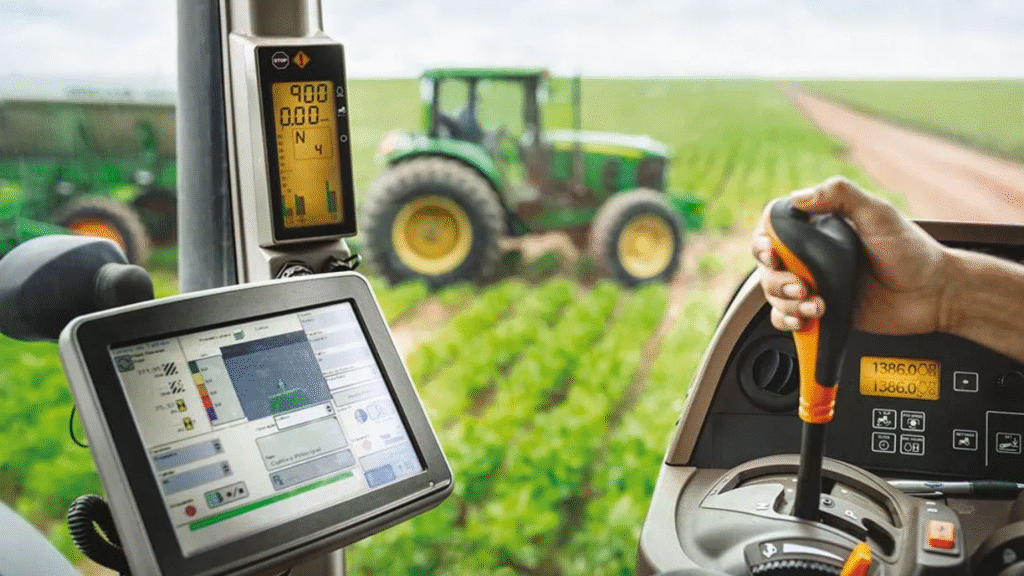
Features:
- Equipment tracking
- Automated planting and harvesting data
- Seamless integration with IoT devices
4. AgriApp
A mobile platform designed for Indian farmers, offering expert guidance on crops, weather, soil, and pest control.
Features:
- Daily agricultural news
- Online marketplace for agri-products
- Chat with agri-doctors
5. Taranis
Using AI and aerial imagery, Taranis detects early signs of crop stress and pest infestations.
Features:
- Real-time drone surveillance
- Precision insights at leaf level
- Pest and disease identification
6. Pix4Dfields
Designed for aerial crop mapping and analytics, this tool turns drone imagery into actionable maps.
Features:
- Plant health mapping
- Real-time NDVI analysis
- Custom field zones
Weather & Soil Monitoring Apps
Accurate weather forecasting and soil data are vital for success. These tools provide real-time insights.
1. Climate FieldView
Enables precision farming with data from field sensors and satellites. Farmers can visualize trends and make better decisions.
2. SoilCares
Provides instant soil testing via a smartphone and external sensor—perfect for small farms.
3. Plantix
A mobile app that uses AI to diagnose crop diseases, offer treatment tips, and provide soil health advice based on user-uploaded images.
eCommerce and Agri-Marketplace Platforms
Digital tools also help farmers sell produce, buy supplies, and access credit from their phones.
1. DeHaat
A full-stack agri platform connecting small farmers with advisory, inputs, and buyers.
2. AgriBazaar
A leading Indian agri-trading platform where farmers can list produce and connect with bulk buyers.
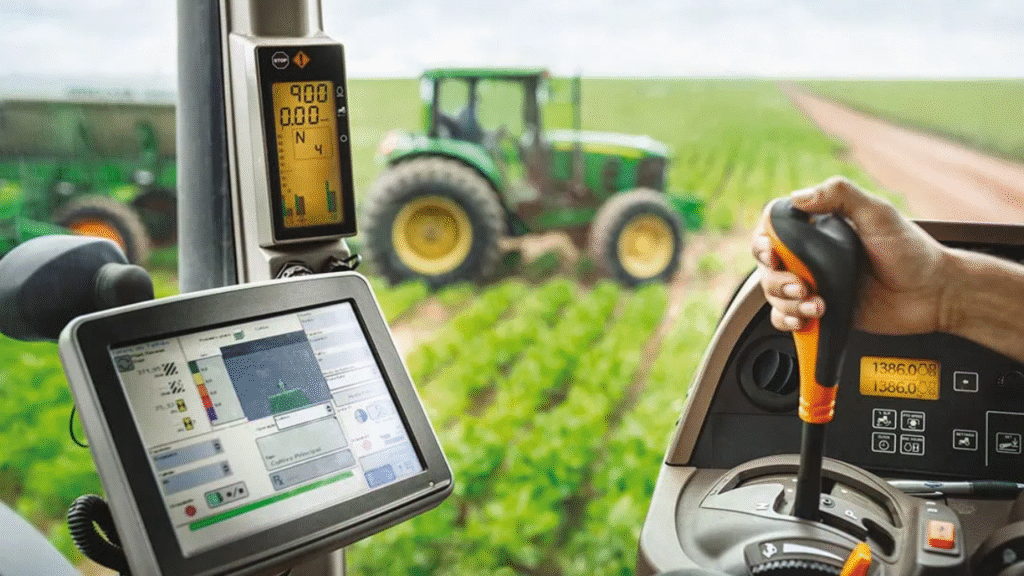
3. FarmCrowdy
A Nigerian platform that links farmers with investors and buyers, promoting digital inclusion.
4. Krishi Network
A regional platform that provides agri-expert advice, weather updates, and direct-to-market sales tools for smallholders.
Trends in Smart Agriculture Tools for 2025
1. IoT Integration in Farming
Sensors embedded in fields now collect data on soil moisture, temperature, and humidity, automating irrigation and nutrient supply.
2. AI and Machine Learning
Platforms use AI to predict yields, detect diseases, and recommend optimal planting times.
3. Blockchain for Transparency
Farmers can now ensure traceability from farm to fork using blockchain-enabled apps, increasing consumer trust.
4. Mobile-Friendly Interfaces
Designs are simpler, multilingual, and optimized for rural internet connectivity.
5. Sustainability Features
Modern apps are adding carbon tracking, water efficiency dashboards, and alerts to promote environmentally conscious decisions.
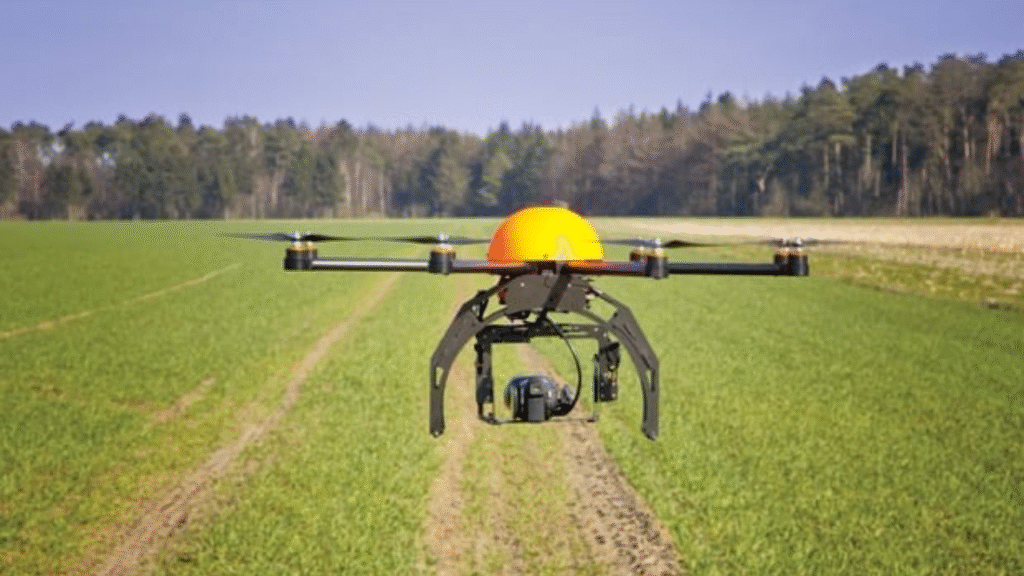
Empowering Smallholder Farmers
One of the biggest transformations is happening among smallholder farmers in developing countries. Mobile-based solutions are:
- Reducing digital illiteracy with intuitive interfaces
- Offering affordable subscription plans
- Building trust with community-based digital training
Platforms like Digital Green, NAFIS (Kenya), and Precision Agriculture for Development (PAD) are empowering millions by bridging the digital divide.
These platforms not only improve farm productivity but also provide crucial information on government schemes, insurance, weather alerts, and fair market prices.
What to Expect Next in eAgriculture
As we look ahead, digital tools for farmers will continue to evolve with features like:
- Voice-commanded farm assistants
- Real-time 3D crop modeling
- Augmented reality tools for training
- Integration with national agri-policies and subsidies
- More offline functionality to overcome patchy rural internet
With 5G expansion and satellite internet on the rise, even remote rural areas will soon have access to advanced eAgri tools.
There’s also growing investment in wearable devices for livestock health monitoring and autonomous tractors operated through mobile apps.
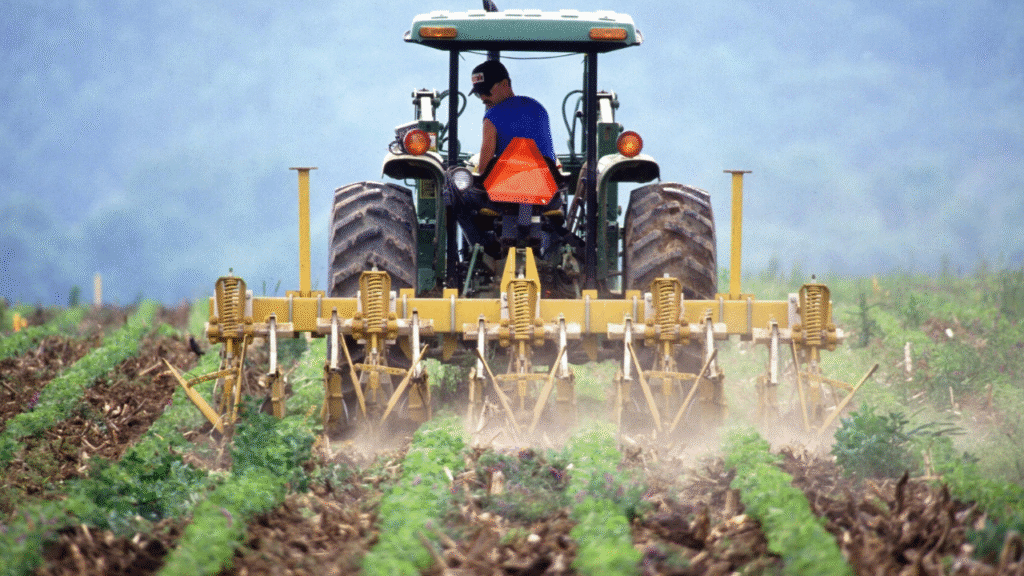
Final Thoughts
In 2025, farming is no longer just about soil and seeds—it’s about data, connectivity, and sustainability. The rise of digital tools for farmers is empowering growers of all scales to make informed, real-time decisions that boost yield, reduce waste, and secure their future.
Whether you're a smallholder or managing hundreds of acres, there’s a tool out there designed to make your life easier and your farm smarter.
By embracing these tools, farmers are not only enhancing productivity but also contributing to a more resilient and food-secure world.
The future of agriculture is digital—and it’s already here.


